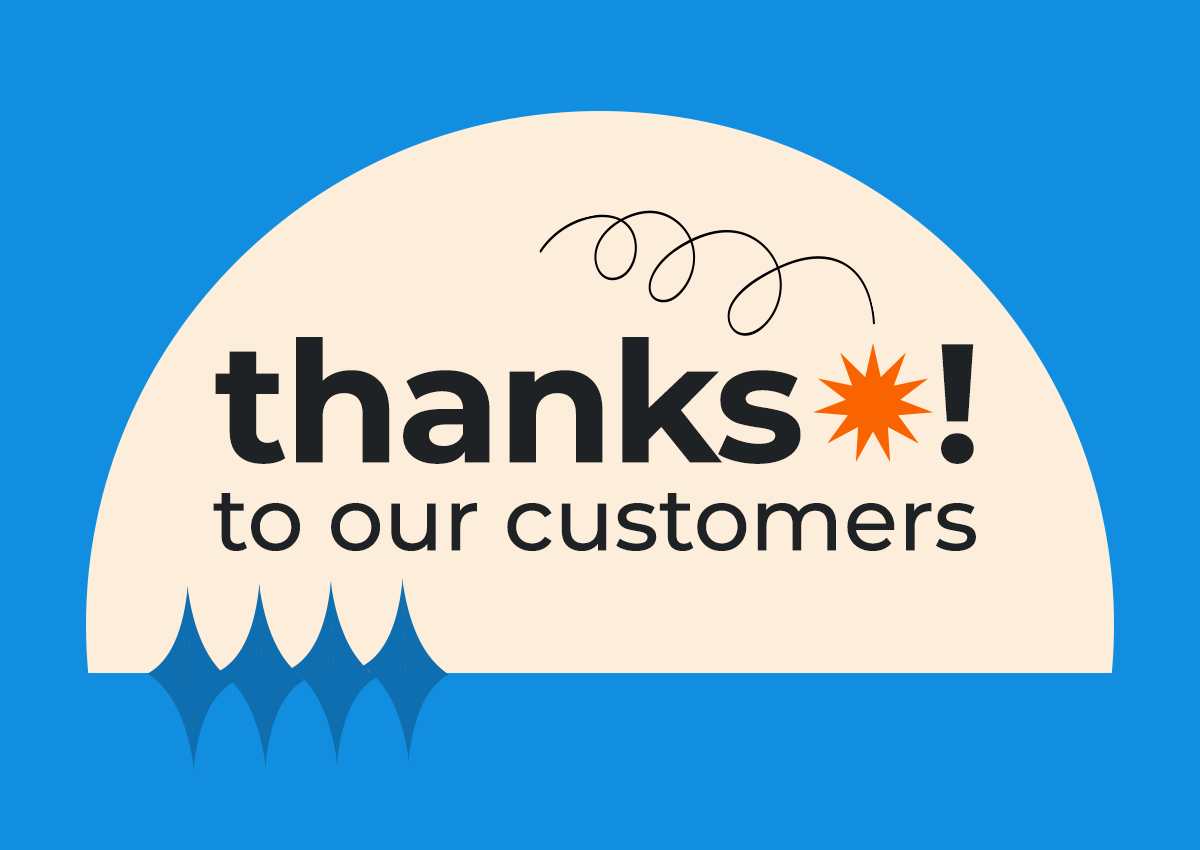As demand increases for effective online collaborative tools, the marketplace is getting more and crowded. So, how do you know which tool will best suit your needs?
The team at the US Air Force Academy set out to find the answer. They sought to identify the best web-based tools to facilitate concept ideation activities for product design sprints, over 6-9 month product development projects in teams of 4-12.
They identified over 100 web-based collaborative tools and evaluated them based on eleven key requirements required during design collaboration. And *spoiler alert*, we’re thrilled to say Conceptboard came out on top!
The full study was published in the American Society of Mechanical Engineering’s “Journal of Mechanical Design,” but we’ve summarized the findings below.fsprint
Read on to find out what the team loved about Conceptboard.
The four basics essential in design sprints
Although over 100 platforms had the potential to facilitate online ideation and other product design activities, only 18 were found to have the following four basic attributes deemed to be essential in design sprints:
- A virtual collaborative sketching environment (whiteboard)
- Real-time collaboration
- Archival record of activity
- Widely available
The market requirements
These 18 tools were then put to the test to evaluate how well they enable teams to work together both asynchronously and in real-time on design sprints. Across the 11 market requirements, we’re thrilled to see Conceptboard received full marks in the following areas:
- faithfully and quickly represents user input
- is easy to learn and us
- allows resumption of previous work
- is compatible with standard technology capabilities
- is usable by undergraduates as well as guests while remaining secure.
These tests enabled researchers to narrow the field down to just five final candidates for specific use case testing.
Final testing the relevancy to designers
To ensure the final tests were relevant to designers, the researchers tested Method 6-3-5, mind mapping and collaborative drawing activities.
Again, we’re thrilled to see Conceptboard outperforming all the other tools in each of the three use cases in the following areas:
- the tool supports positive team dynamics
- enables smooth audio, pictorial and text communication
- faithfully and quickly represents user input
- is easy to learn and use
- allows simultaneous, independent input from multiple users
- supports concurrent creation and editing of text and shapes
We’re thrilled to know that Conceptboard is helping designers conducting their design sprints as efficiently as ever, regardless of location.
But perhaps the biggest compliment is the fact that while the research itself was instigated due to the pandemic, it is now apparent that tools like Conceptboard can greatly enhance the engineering design process, now and into the future. Templates, assistive sketching tools, copying and duplicating existing designs and built-in presentation tools all help designers work smarter, not harder, both remote and in person.
We’ve always believed this, but we’re thrilled to see others discovering that too.
If you want to give Conceptboard a try, sign up for a free 30-day trial today.
Happy collaborating!
Keep reading:




